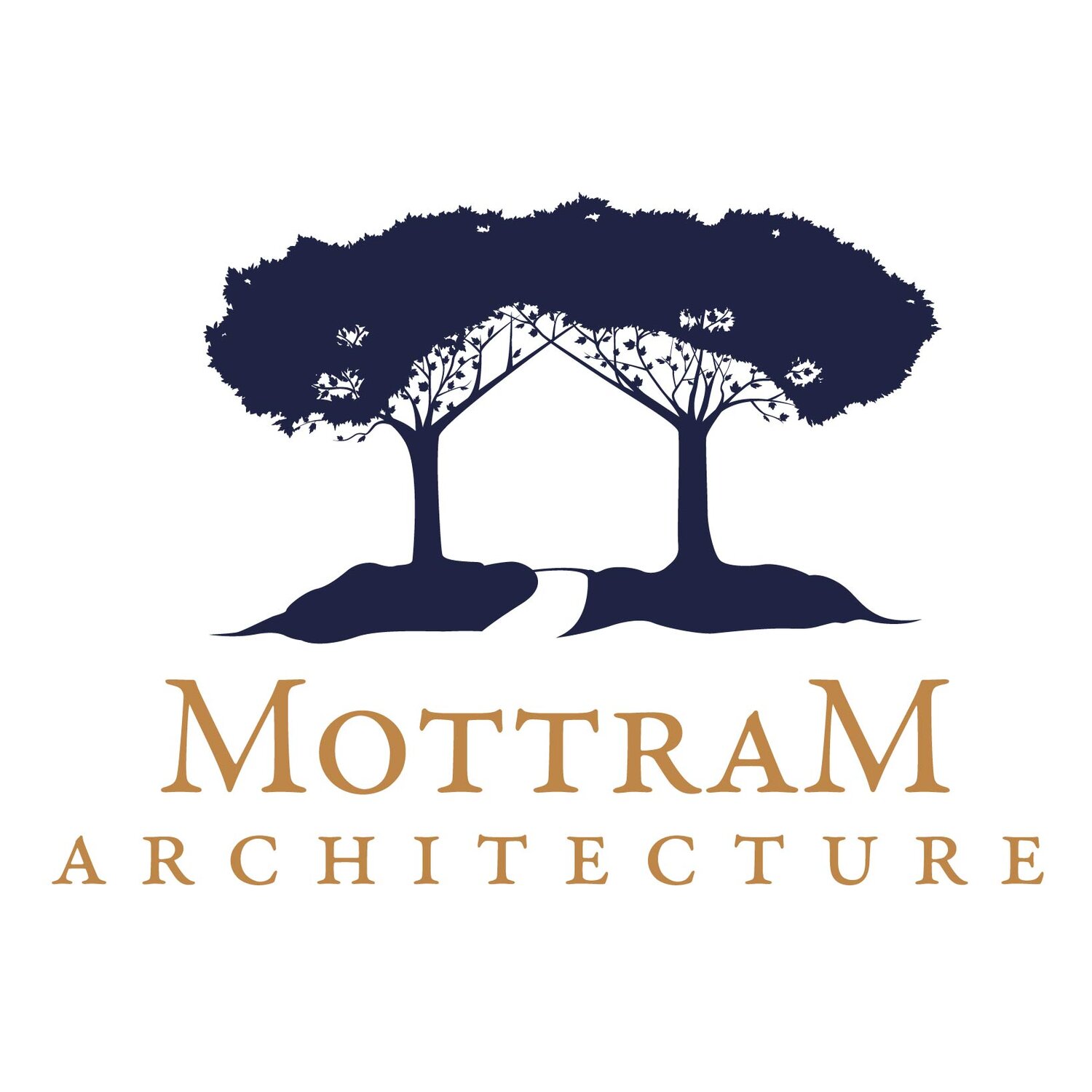I was reading an article the other night in "Susquehanna Style" called Charting New Urbanim by M. Diane McCormick. The article goes into detail about Walden PA and it's choice to create what they are calling "new urbanism". New urbanism is dedicated to community building and design that inspires interaction. The streets are lined with trees, there is business on the first level and apartments in the upper levels. The entire area is designed around human scale and interaction.It made me start thinking about place based planning. I sit on the planning board of my local town and a few months ago, maybe even last year, we had a consultant come in and talk to us about place based planning. Our zoning ordinances are all based around what you can and can't do in a zoning district. It however, lacks the mobilization of ideas that create places that people want to be in. We don't stop the one story convience store from building next to the three story business building which creates an uneven facade along the street and an uncomfortable space for people to walk and hang out. In our town we have a hotel in a sea of parking across the street from our high density downtown district which essentially cuts the two areas off from each other. Homeowners who chose to live in Walden called it "Williamsburg in central Pennsylvania". So we ask ourselves, why do we like Williamsburg? What makes it special? Why are some of our favorite cities and spaces to be in, the most uniquely rigid in design.Being from Maine I think about Freeport. The first time you visit, thinking about all the luxuries of shopping at LL Bean, you'll be surprised by the McDonalds which is housed in a period style home. You'll note, that even the expansion shops, have meandering corridors and residential scale. We like the feeling of scale, it makes us want to hang out in the space and return once again, and for Freeport, that means shopping and revenue.As Architects, Designers, Engineers, or even everyday people, we will never agree on what is the correct design ideal. Look at the Le Corbusier's and Frank Lloyd Wright's of the world who tried to create urban utopias, however, isn't it something we should consider? The argument during our planning board was, how can we discourage development when we are asking people who need 1 story buildings to build 3 story buildings to meet our place based scale requirements. But what we are forgetting, is that it may turn away some business, but it will become such a popular space to be, that other business will surely follow. The example in Walden being a perfect representative by proving that building 75 units over a business district sold out in record time.It harkens back to the movement of our generation that is coming full circle with our grandparents generation. Spending more time with one parent raising the children instead of working (albeit may not be the wife that stays home). Or growing our own food and concentrating on organic farming. There is a whole generation who wants to revert back to a simpler way of life, where we don't all work 90 hours a week and we say hi to our neighbors when we walk down the street.It was a reminder to me, as an Architect, how important it is to listen to what our clients are asking us for. To remember to created spaces that make them feel good, at a proper scale. Bigger isn't always better. Being everything to everyone isn't nearly as good as being something to someone. To remember to take a stand and people will value what you are offering, even if it turns away others. I'd love to hope that we could create place based planning in the future. Not everywhere needs to be Williamsburg or Freeport, but doesn't everywhere deserve to have a vibe or personality?


